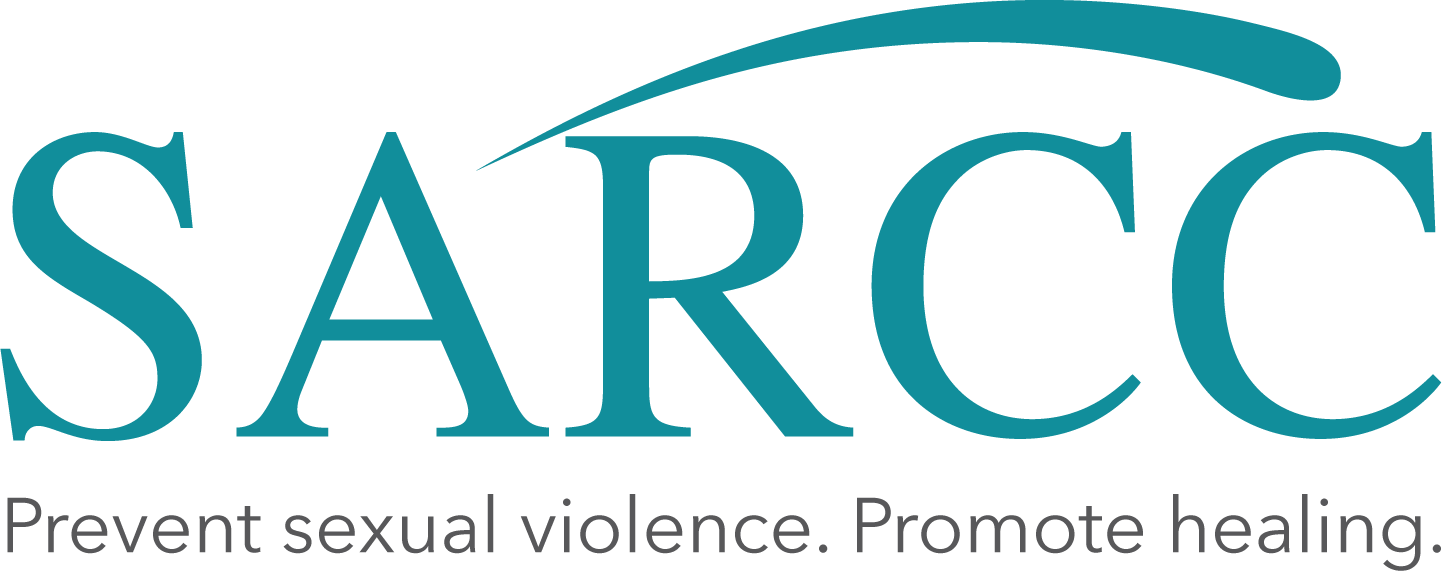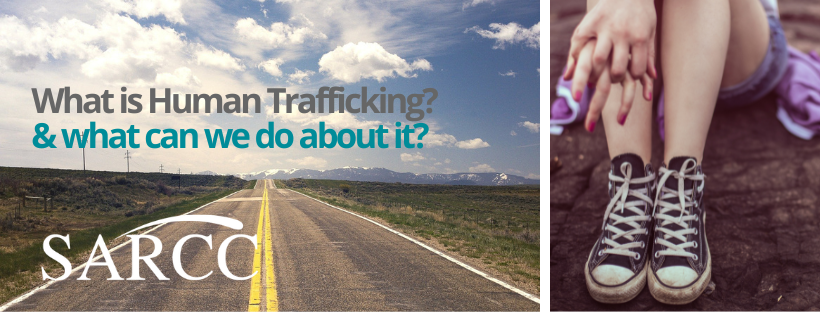January is Human Trafficking Prevention Month. Trafficking has gotten more attention in the media over the past few years than ever before, even though the trade of humans for money, services, and goods has been going on since the start of humanity.
What we see in the media differs from what we see as an agency that serves trafficked individuals. What we see in movies and television can and does happen. In reality, trafficking includes so much more.
Recent examples of trafficking I’ve seen at SARCC:
• Parents that force their children to perform sex acts to adults for drugs.
• Undocumented workers who are here legally, but making less than minimum wage with 90 hour work weeks in poor labor conditions.
• Women who left abusive homes as young teenagers, were taken in by “kind” adults, and subsequently were forced into having sex with others in order to have a place to stay.
• Partners forcing their partners to have sex with other people for income.
In November, I had the opportunity to go to New Orleans for the Building Collaborative Responses to Trafficked Victims of Domestic Violence and Sexual Assault Institute held by Futures Without Violence. I attended with Officer Doug Springer from Tamaqua Police Department and Jacqueline Heffner, DNP, CRNP, FNP-BC, FNP-C, a Family Nurse Practitioner from St. Luke’s Tamaqua, as part of a grant from the Tamaqua Area Community Partnership. All this was possible through a rural violence reduction project in partnership with LISC and the Bureau of Justice Assistance. The goal of the institute was to learn how to build a better community response to survivors of violence.
Our team brought diverse cross-systems experiences as we brainstormed ways to approach systemic changes to best help our community. We talked about our goals in the systems we serve. SARCC works closely with police, but working with someone with a family health background was a new experience for me and provided a new ally for our agency. Our next step will be a collaborative strategic planning discussion with community partners. Have something to contribute? Send a message to info@sarccheals.org to request more information.
We hope our unique perspectives can educate the community, guide organizations and systems, and assist survivors as we keep in line with SARCC’s mission – “Prevent sexual violence. Promote healing.” We are looking forward to collaborating in the community with various partners–the organizations we have longstanding relationships with and the partners that we are in the beginning stages of building–as we take steps forward with our anti-trafficking efforts.
Resource Of the Week: SARCC Trafficking Face Sheet in English or Spanish


